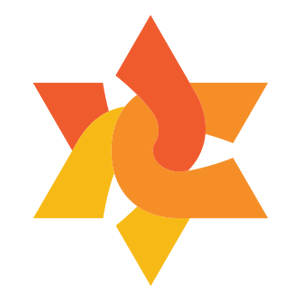Introduction to Class One
The idea of human rights is complex and multifaceted. In order to think about a Jewish theology of human rights, we first need to know what we mean by this concept. In this class, I’ll try to lay out what I mean by human rights. In order to do that, I’ve collected a number of texts and videos that get at different aspects of human rights. There are brief explanations following each link about why I brought that particular link. In the video lecture for this class, I’ll sum up what I conclude from all these materials, and how I’m thinking about human rights.
I would suggest that you first look over the materials on human rights appearing below and only then watch the lecture. As you look over this stuff, ask yourself: “what is the human rights movement?”, and “what do I think about it?”. You might try googling “human rights” and then seeing what comes up. You might also google “human rights” plus a particular subject you’re interested in, like “Israel” or “Tibet” or “human trafficking”. What is your opinion of the stuff that comes up?
Links to Materials for Class:
- Here’s a link to The Standford Ency. Article on Human Rights
This article is a nice introduction to the global practice of human rights. Notice the links to web resources at the end. If you’re up for getting deeper into the idea of human rights, I would recommend The Idea of Human Rights by Charles Beitz. His idea of human rights as a practice rather than a philosophy is an important source of the approach that I’ll lay out in the video accompanying this class.
- Here’s a link to a Human Rights Watch video (10 min.) in which they present their activity, mostly during the Arab Spring.
This is really what I mean by “the global movement for human rights”. These people are powerfully fighting against injustice by documenting and publicizing the abuses. If you’re not familiar with this kind of organization, surf their site and watch some videos. Another good example of what I’m thinking of is B’Tselem. The rest of the links below are useful background information, but its the discourse and the activity involved in the above organizations that I feel are the window onto a just global order (of course, a window can be closed). It seems like there might be a huge body politic around the world which is beginning to think in these terms. [On the other hand, check out some criticism of HRW].
For an interesting example of global human rights discourse, check out avaaz.org. Avaaz is a sort of international political party focused on human rights and other subjects. They have 12 million supporters. Notice also that they have tens of thousands of members in the Arab states, and 800,000 in India.
This just in: here’s a link to the recently published Human Rights Watch 2012 World Report! The introductory essay in the report is a nice example of looking at the world from a human rights perspective.
Here’s a link to WissensWerte video (9 min.) on human rights.
This is somewhat sappy, and perhaps made for kids, but it does give a nice overview of the central documents and institutions of human rights practice.
- Here’s a link to “The Story of Human Rights” (10 min.)
This is an entertaining, although childish, presentation of the history of the idea of human rights.
- Here’s a link to a video presentation by UN Watch (5 min.)
Like all institutions, the official institutions involved in international human rights practice can be corrupt. This video (and the other materials you’ll find on the UN Watch website) will give you a sense of why I regard the civil-society and grassroots sides of the human rights movement as more significant than official UN practice.
Links to lecture (20 min.):
Here’s the link to the lecture on YouTube (the short playlist)
Here’s a link to download the transcript of the lecture
Lecture Part 1:
Lecture Part 2:




